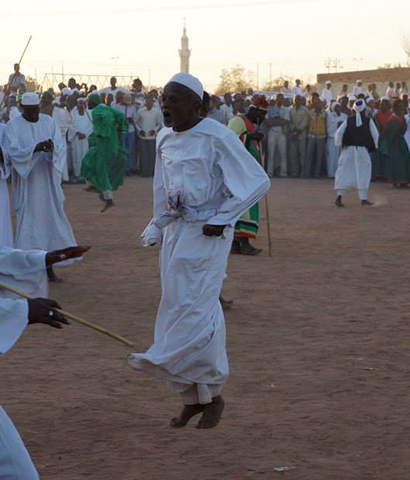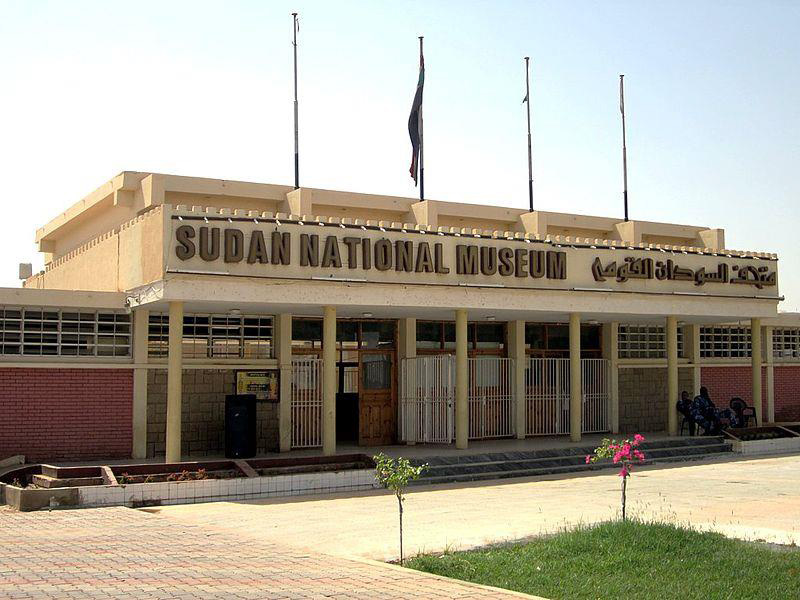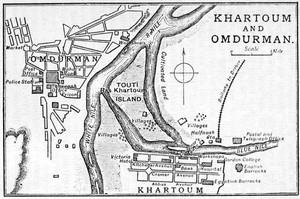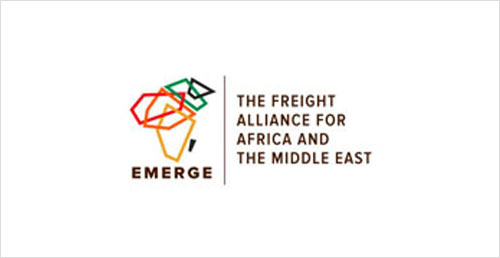Sudan’s heritage: The story of Khartoum
Khartoum is the capital and largest city of Sudan. It is located at the confluence of the White Nile, flowing north from Lake Victoria, and the Blue Nile, flowing west from Ethiopia. The location where the two Niles meet is known as "al-Mogran" (English: "The Confluence"). The main Nile continues to flow north towards Egypt and the Mediterranean Sea. Divided by the two Rivers Nile, Khartoum is a tripartite metropolis with an estimated overall population of over seven million people, consisting of Khartoum proper, and linked by bridges to Khartoum North (Khartoum Bahri) and Omdurman (Umm Durmān) to the west.
Sudan, located in northeastern Africa. The name Sudan derives from the Arabic expression bilādal-sūdān(“land of the blacks”), by which medieval Arab geographers referred to the settled African countries that began at the southern edge of the Sahara. Sudan is home to many sub-Saharan African ethnic groups. Prior to the secession of the south in 2011, Sudan was the largest African country, with an area that represented more than 8 percent of the African continent and almost 2 percent of the world’s total land area.





















